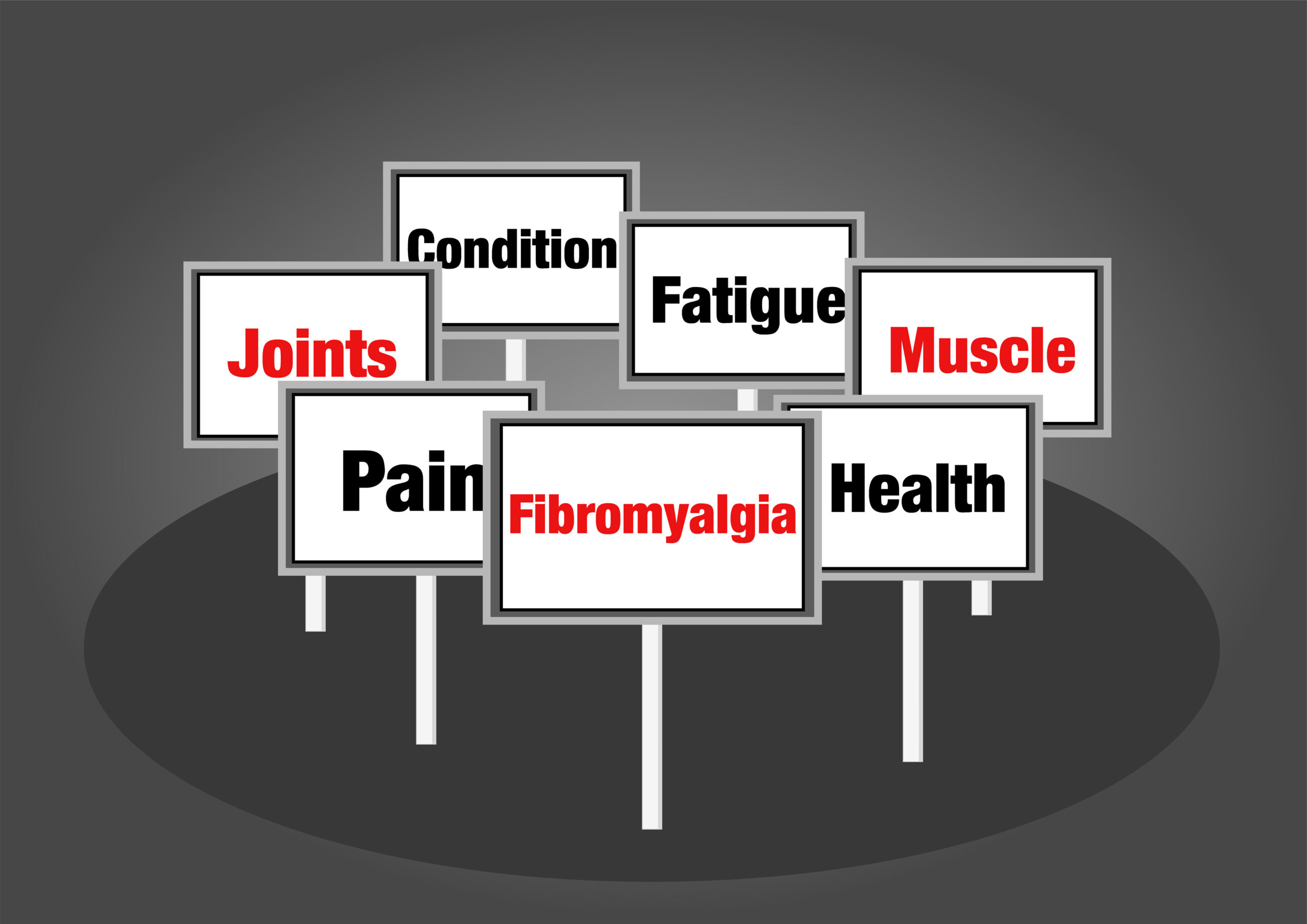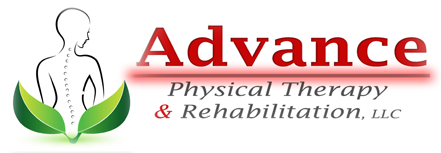
16 Dec Treating Fibromyalgia With Physical Therapy
Fibromyalgia is a complex syndrome, requiring treatment of many different symptoms that cause pain and fatigue. Physical therapy for fibromyalgia can help you target your painful symptoms and reduce them through increased physical fitness and wellness.
Why Go To a Physical Therapist
Although there is no cure for fibromyalgia syndrome, the condition can be treated by reducing pain, stiffness, fatigue, irritable bowel syndrome, and other symptoms. Physical therapists use their extensive knowledge of human anatomy and kinesiology to provide various resources and exercises that can help you manage your fibromyalgia pain. They are also often included in lists of providers covered by health insurance.
Physical therapists work with all ages and have experience in treating fibromyalgia and related conditions such as rheumatoid arthritis and ankylosing spondylitis. As a result, they can work with you to respond to your fibromyalgia symptoms, such as your tender points, and work in tandem with treatments prescribed by rheumatologists or your primary care physician. They are also highly qualified, requiring a license from the American Physical Therapy Association.
Physical Therapy Treatments
Therapists use two different types of physical therapy techniques to help fibromyalgia patients manage their pain and symptoms. Passive treatments are methods that the therapist performs directly on you, while active treatments are exercises you perform with the therapist’s guidance. When you go to a physical therapist for fibromyalgia treatment, you can expect both types of treatment.
Passive Treatment
- Deep Tissue Massage: The massage therapist uses manual therapy to put pressure on and stretch specific areas of your body. This deep tissue massage will help relieve fibromyalgia pain and tension in your muscles and connective tissues.
- Hydrotherapy and Heat Therapy: Heat therapy works by applying moist heat such as a warm cloth to increase blood flow and deeply relax your muscles. Cold compresses can also be used to reduce swelling by constricting blood vessels.
- Ultrasound: This device produces gentle heat using sound waves to enhance blood flow to deep tissues.
- Transcutaneous Electrical Nerve Stimulation (TENS): The physical therapist uses this device to block pain signals from reaching your spinal cord, decreasing pain from fibromyalgia symptoms. It also helps your brain release endorphins for natural pain relief and reduces muscle spasms.
- Dry Needling: Your therapist inserts fine, wire-like needles into muscles to stimulate trigger points, which can reduce muscle spasms and relieve muscle pain.
Active Treatment
- Aerobic Exercise and Conditioning: Gentle, low-impact exercises are used to improve your fitness and train your heart and lungs.
- Strengthening Exercise: You and your physical therapist work to increase your muscle strength and reduce fatigue.
- Stretching and Range of Motion Exercise: After muscle relaxation and guidance provided by the therapist, you perform stretches and movements that help you increase your joints’ range of motion.
- Neuro Emotional Techniques: The therapist can teach you various methods, including meditation and cognitive behavioral therapy, to help you manage chronic pain and promote relaxation at home.
- Biofeedback: By using electrodes placed on your skin, a machine records your muscle tension. The physical therapist then analyzes this information and explains how you can relieve that muscle tension.
Developing Good Habits for Home
The ultimate goal of physical therapy treatments is to develop a pain management program that you can work into your daily routine to manage your fibromyalgia pain and symptoms at home. They will help you implement lifestyle changes such as moderate exercise and a sleep routine to increase your quality of life.
Even patients with severe symptoms can work with a physical therapist to gradually increase their overall activity level and exercise tolerance. Exercise sessions as short as 10 minutes and within your comfort zone are done two or three times a day and used to build up your strength and endurance slowly. If you have milder symptoms or become more accustomed to an exercise program over time, the therapist can begin treatment to strengthen your muscles and cardiovascular fitness.
The physical therapist will also help you learn stretching exercises and relaxation techniques to minimize the pain associated with increased activity. In combination with strategies to help you understand how fibromyalgia affects how your body’s response to pain, you will be able to use these methods to help with the long-term management of your fibromyalgia systems, even without the therapist’s direct help. Simple strategies such as heat therapy and meditation can help manage your fibromyalgia symptoms whenever they occur.
At Advance Physical Therapy, our skilled physical therapists help people with fibromyalgia to relieve pain and regain control of their health. Contact us today to begin your fibromyalgia treatment plan.




Sorry, the comment form is closed at this time.